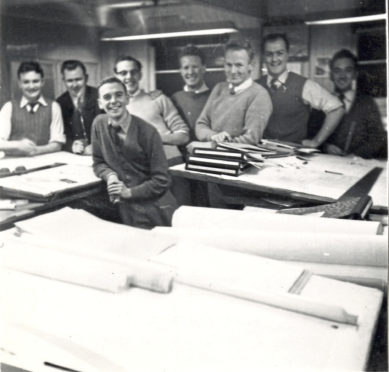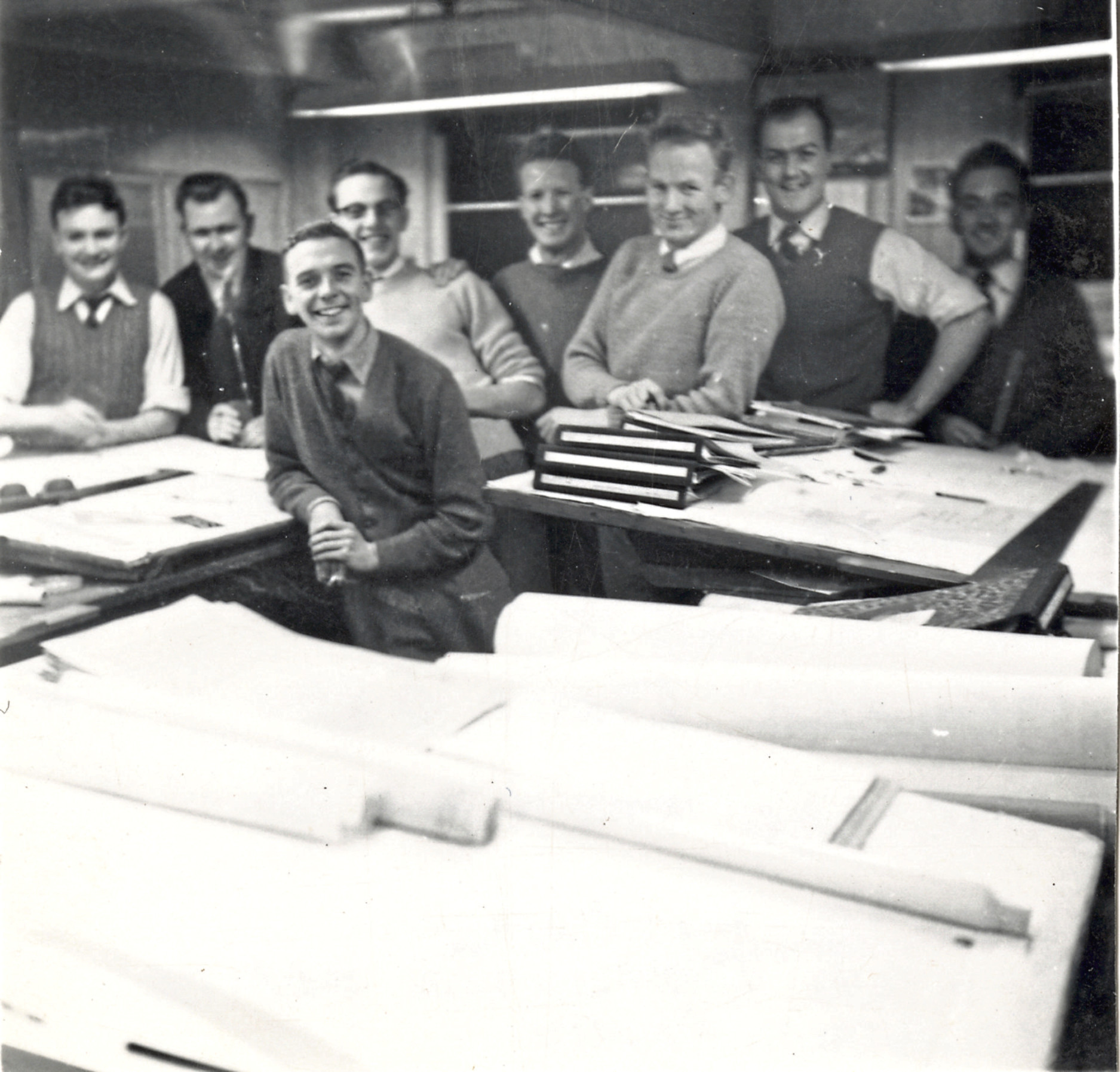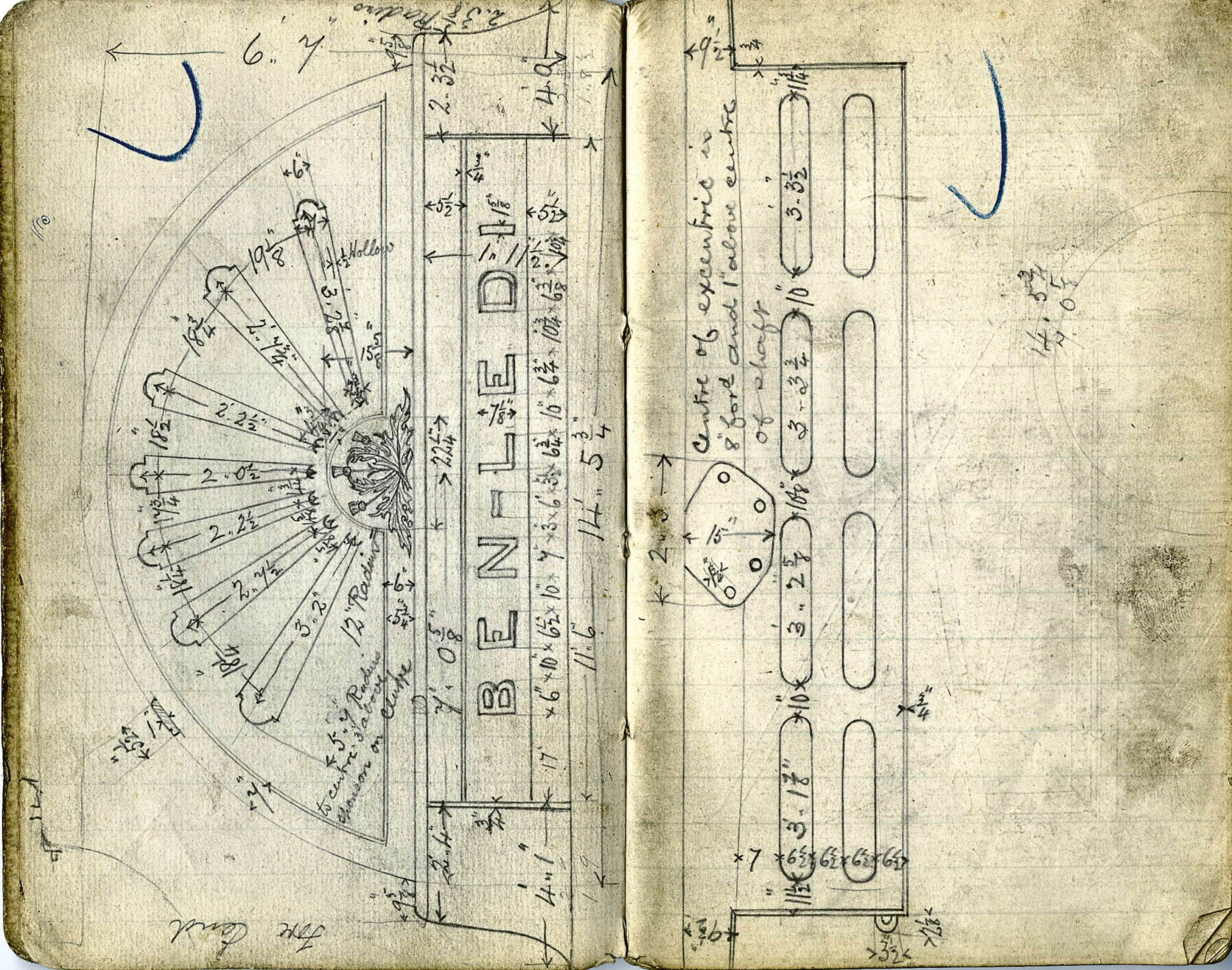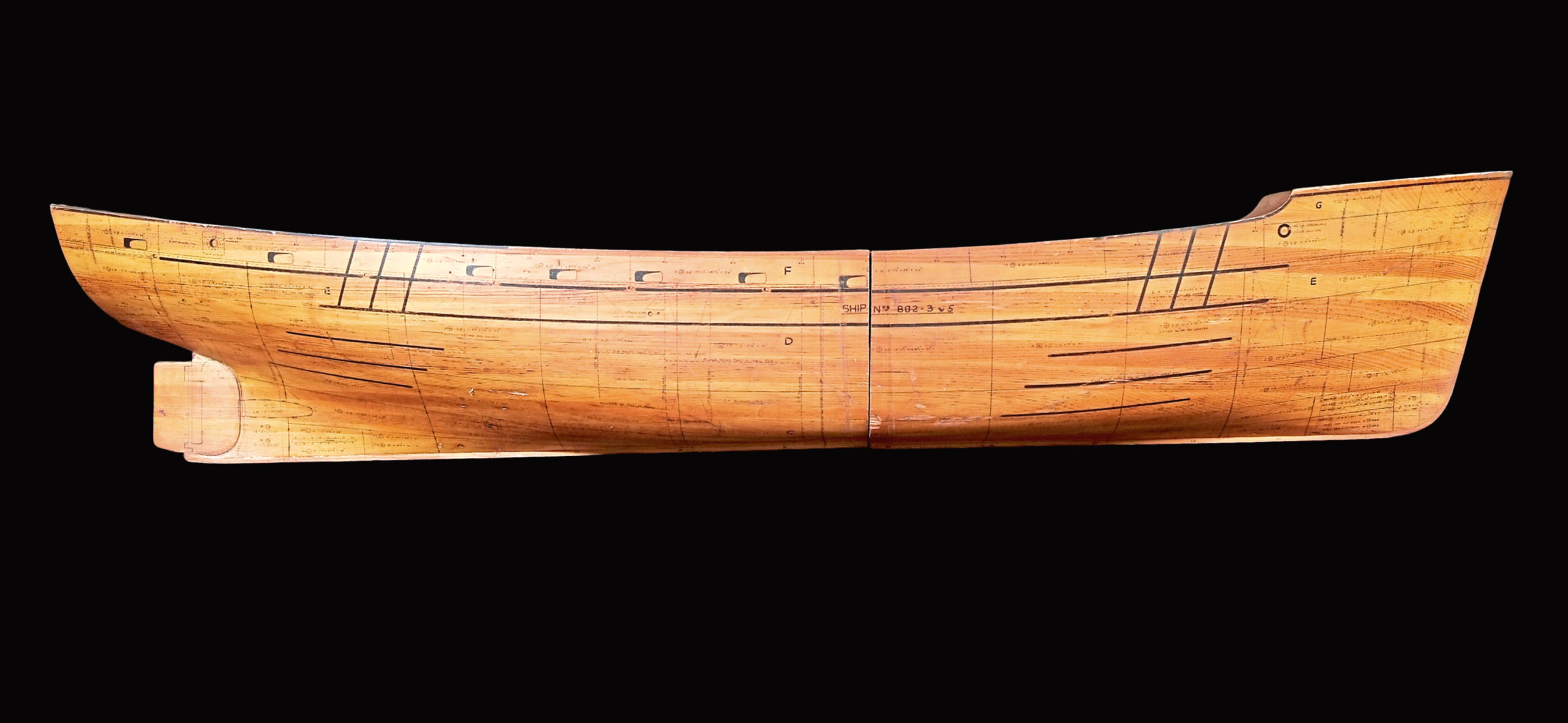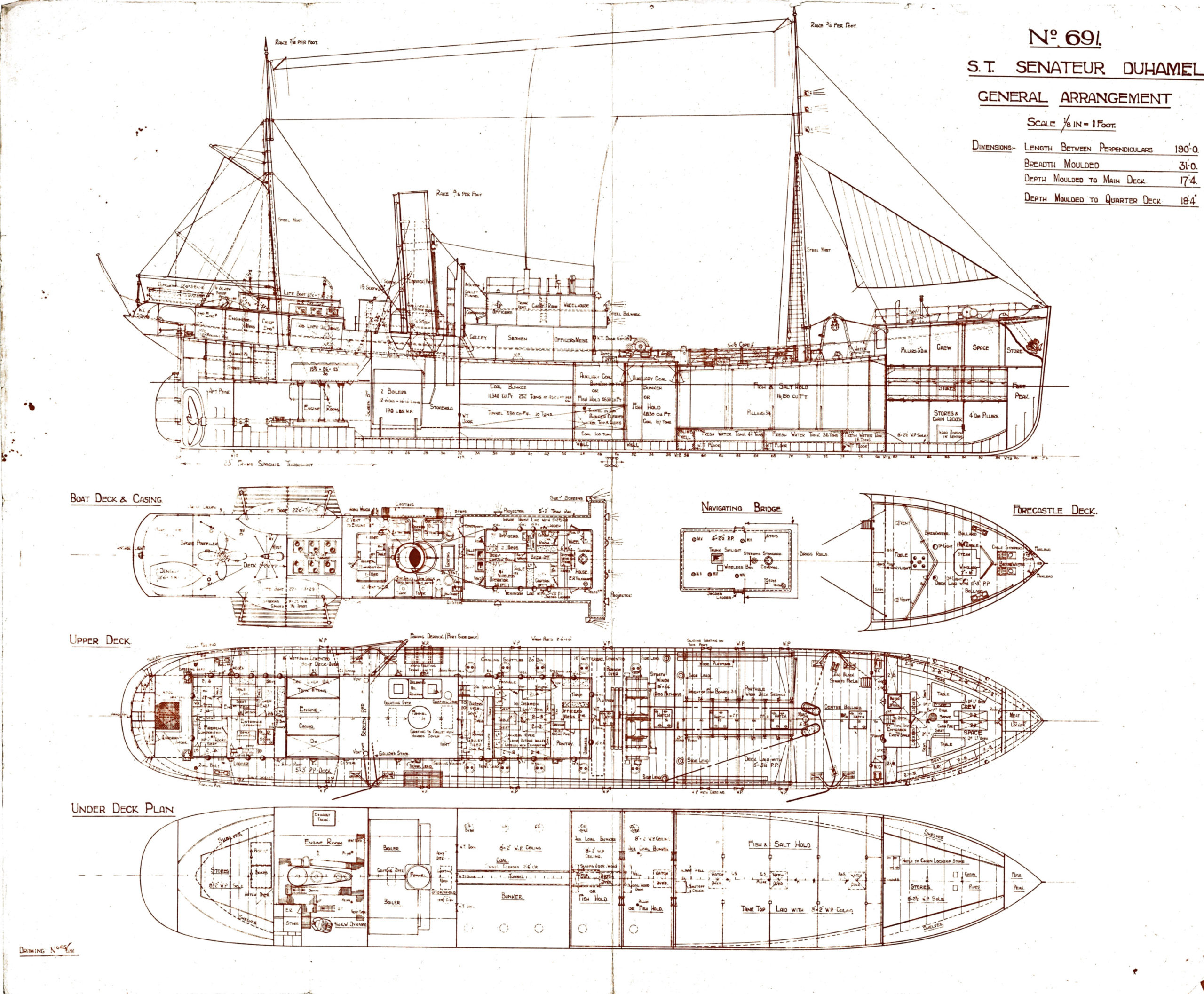We’ve recently been busy moving more of our collections to the Treasure Hub Museum Centre.
This has been a fantastic opportunity to see close to hand what treasures the city has and how important they are to its history. An area that I will focus on here is the design process of shipbuilding, as represented in ships’ plans, sketchbooks and half-hull models.
Aberdeen has a proud history of shipbuilding that lasted from its inception as an important industry in the late 1700s up until the closure of the Hall Russell shipyard in 1992. It’s an industry that many Aberdonians still remember, many serving their apprenticeships and working lives with the main companies of the 20th Century: Alexander Hall & Co, John Lewis & Sons, and Hall, Russell & Co.
Although just one aspect of the work that went on at the shipyards, the drawings and models that form a part of our maritime collection showcase the skills of the drawing office and the men and women who built the half-hull models.
Keep up to date with the latest news with The Evening Express newsletter
During the design process, several hundred drawings could be required for one vessel. A general arrangement plan showed a vessel’s overall layout and an example here is shown from the fishing trawler Senateur Duhamel built by Hall Russell in 1929.
Our collection also boasts several joiner’s sketchbooks dating from the late 1800s until the 1930s. These really showcase the craftsmanship of the joiners’ work. An example dating to 1878 was used in the construction of Ben Ledi, a paddle steamer tug built by Hall Russell. It shows the sponson, or hood, which would have covered the top of the paddle, and has an intricate thistle design at its centre.
Half-hull models are just as impressive, many of which are on display at the Maritime Museum. They show one side of the hull, the main body of a ship. They were another important part of the design process, functioning to establish the shape of the vessel and often used to illustrate the plan for the metal plating, when iron, and later steel, replaced wooden-hulled vessels. One such example was used by Hall Russell to build the fishing trawlers Boston Wasp, Princess Royal and Aberdeen Venturer in 1960, and shows the lines of the plates.
Drawing plans by hand and making working models was eventually replaced by computer-aided design in the late 20th Century, something that current design employees in the offshore energy industries are highly competent in. These objects are just one example of the importance of industrial design to our city’s heritage and showcase the skills of working people over the previous 150 years.
